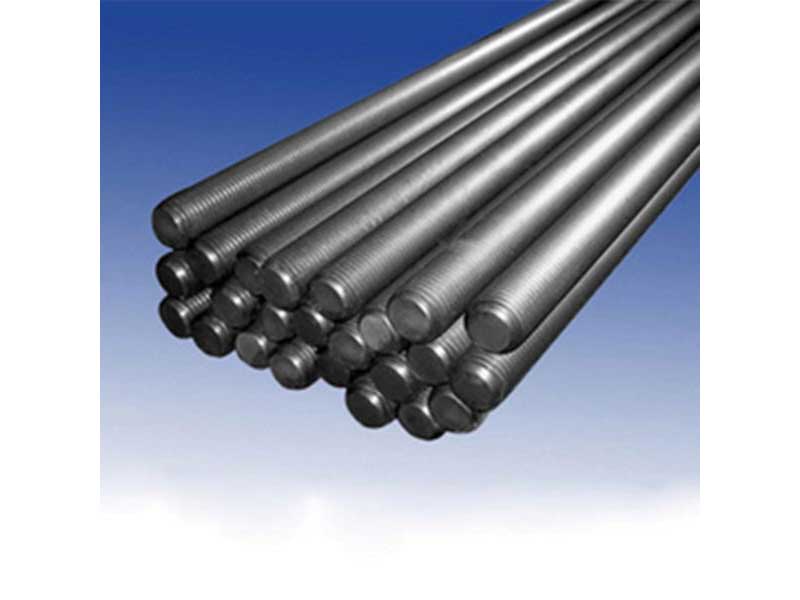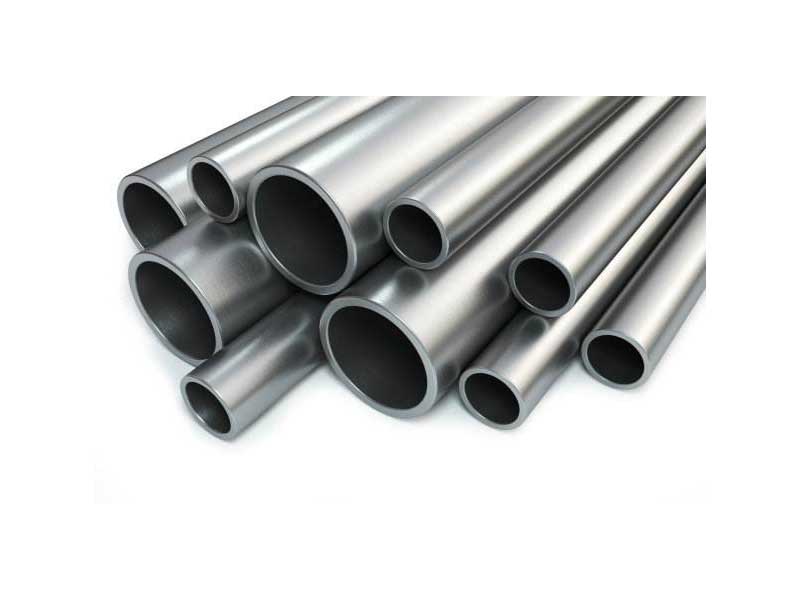



In addition, it must be welded with a welding rod or wire that matches the carbon and stainless steel. It is recommended that stainless steel and carbon steel are not welded together, because after the two are welded together, after the oxidation of air, there will be a carburization reaction, which will have an effect on the stainless steel.

For Further Details,Please Feel Free To Contact Us: